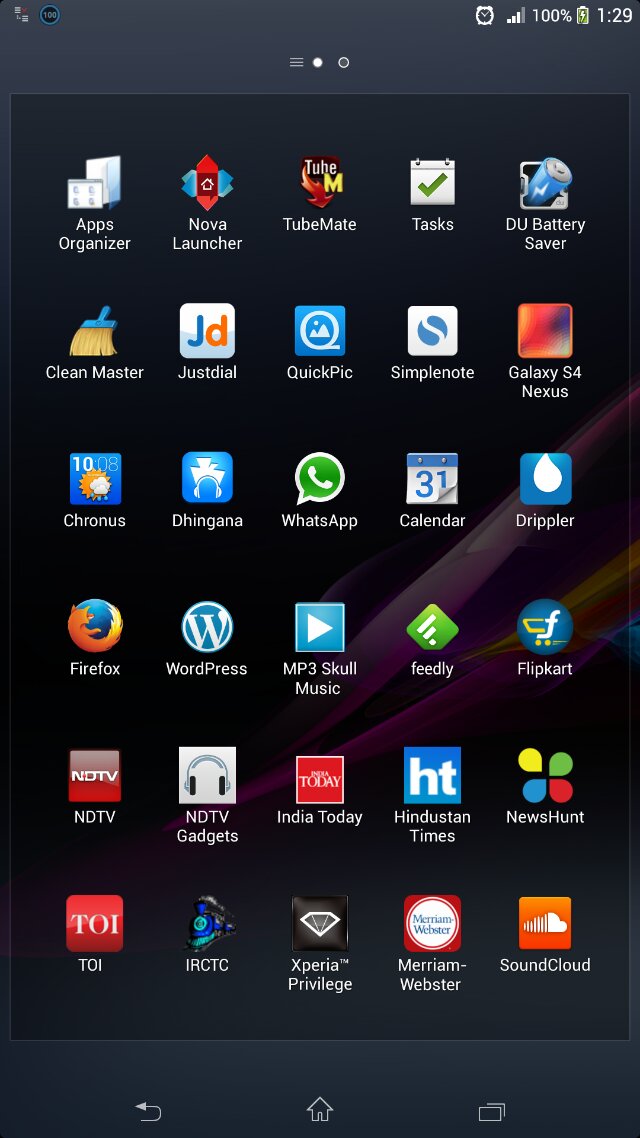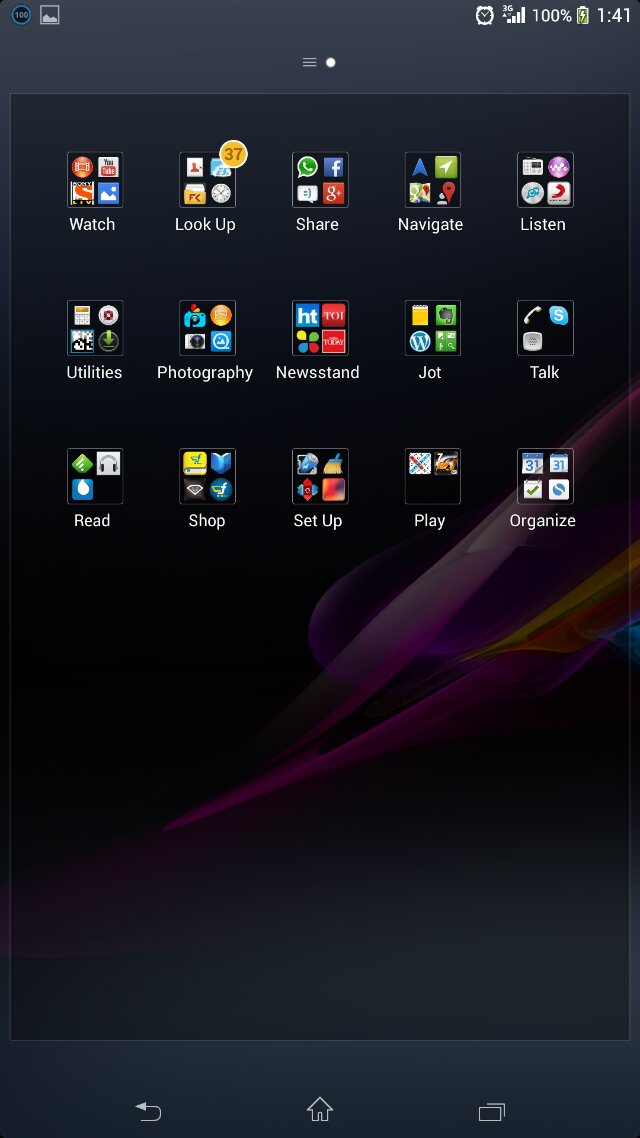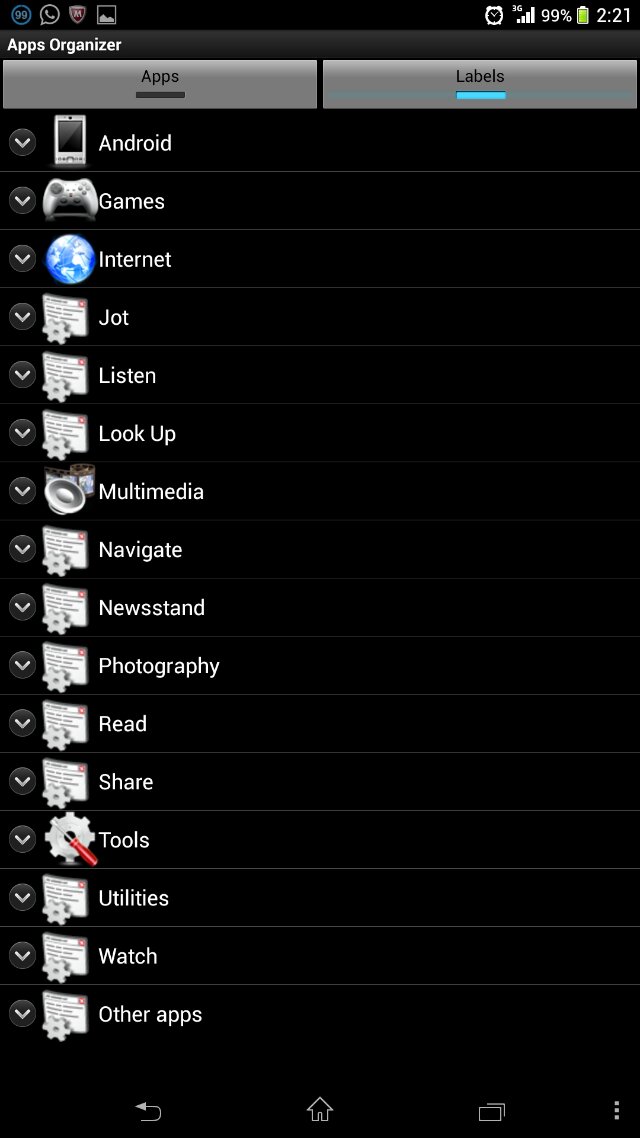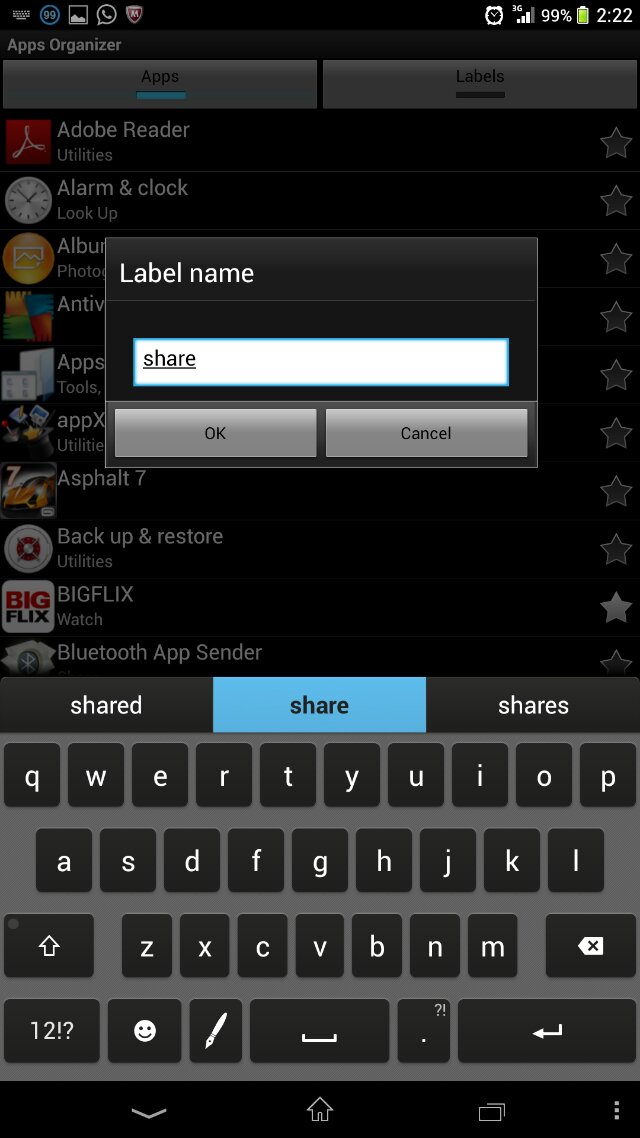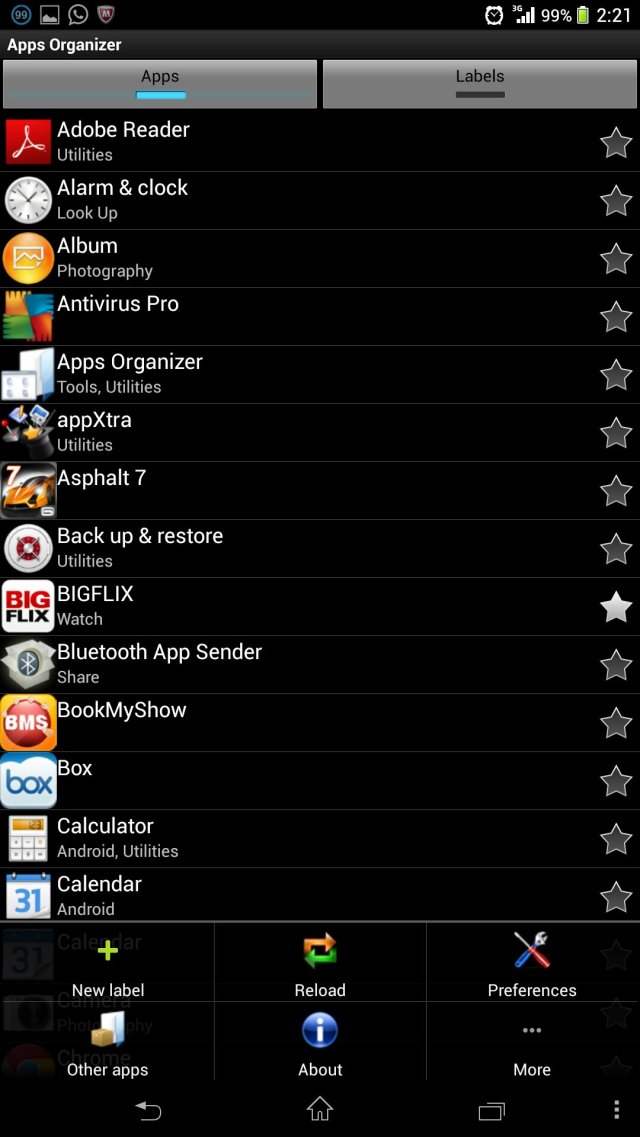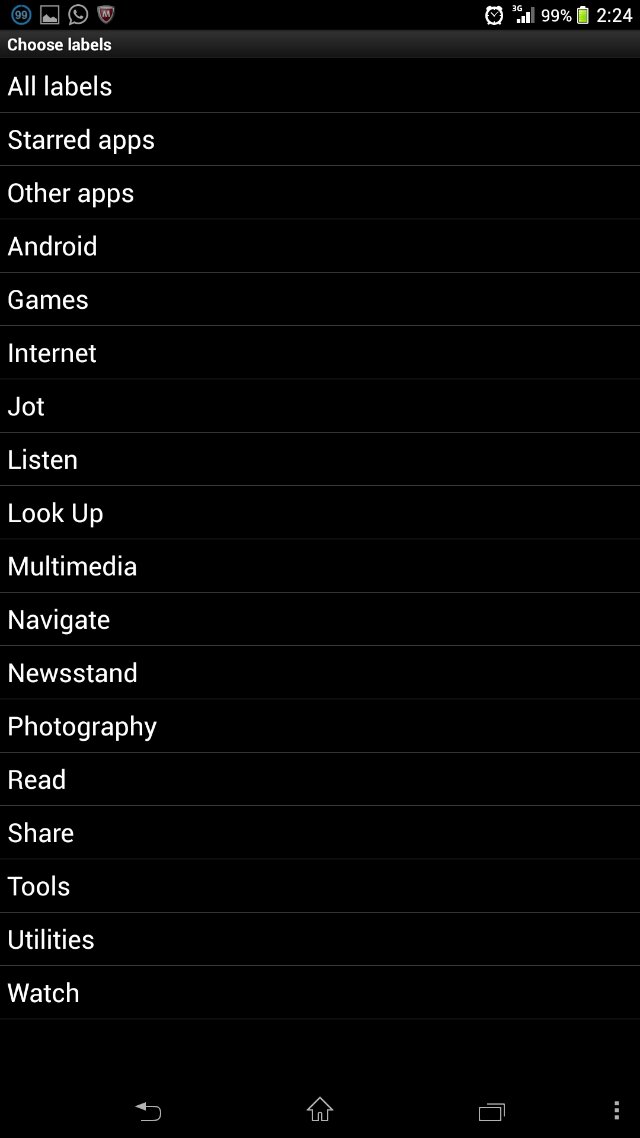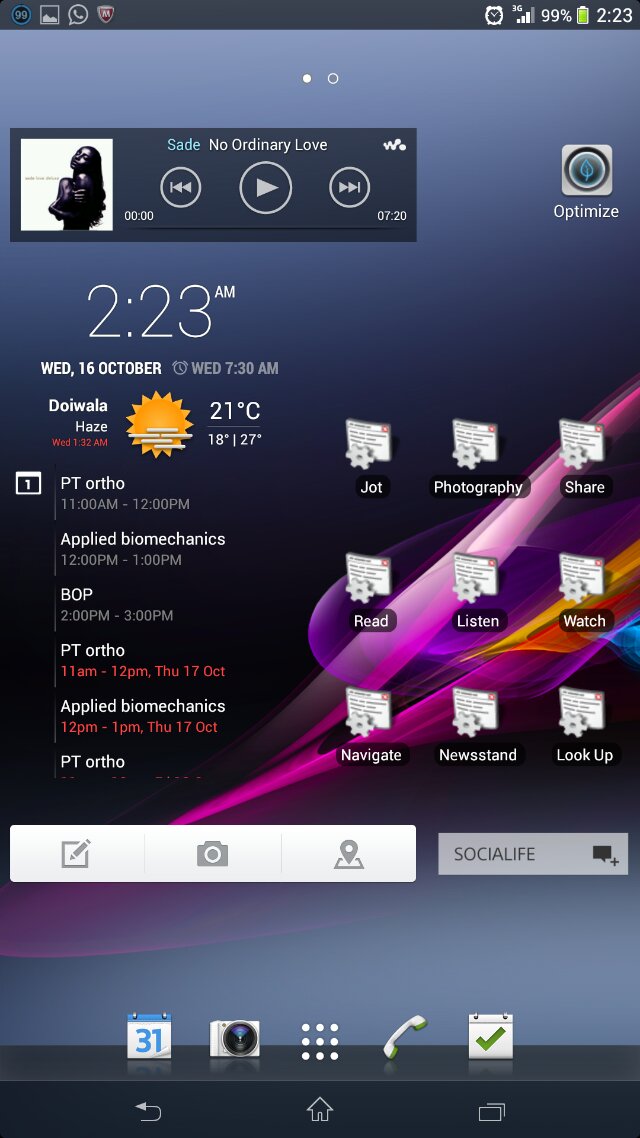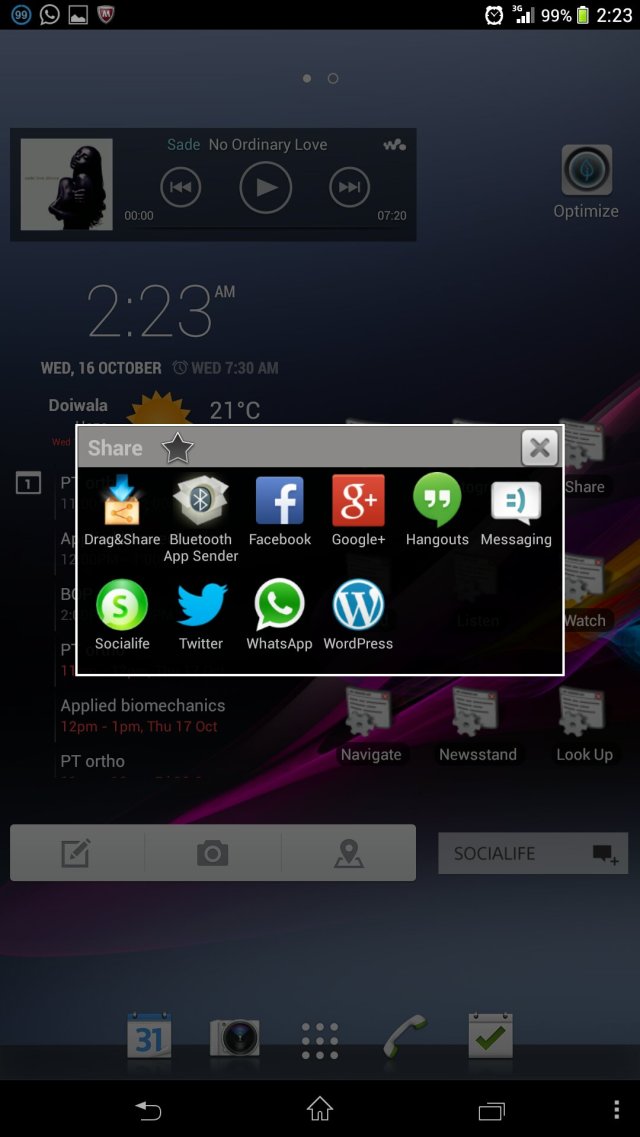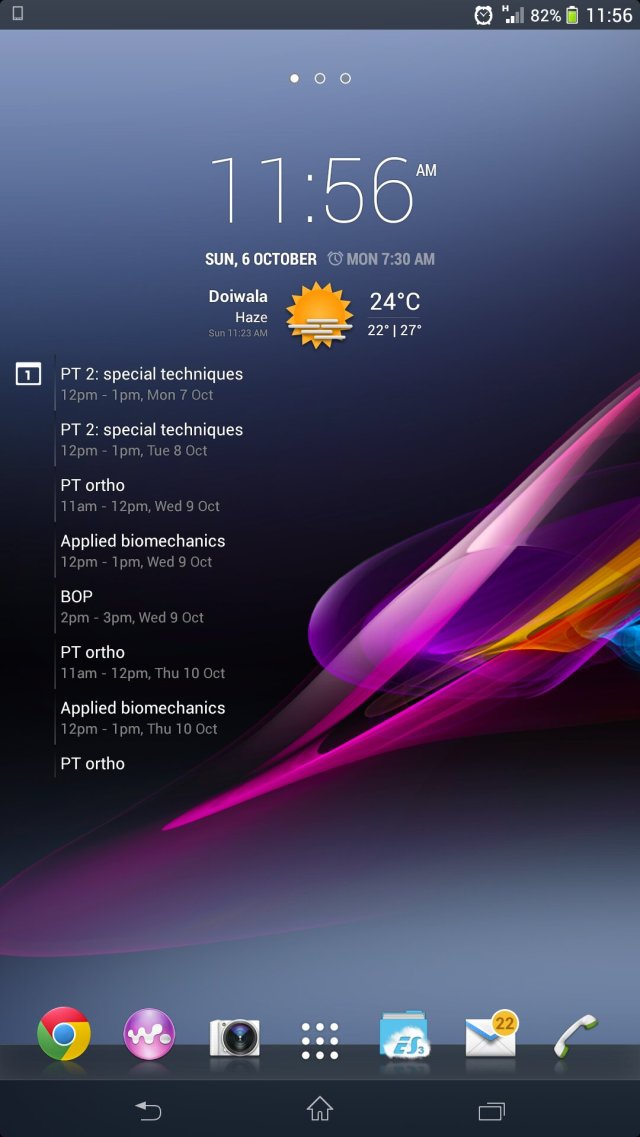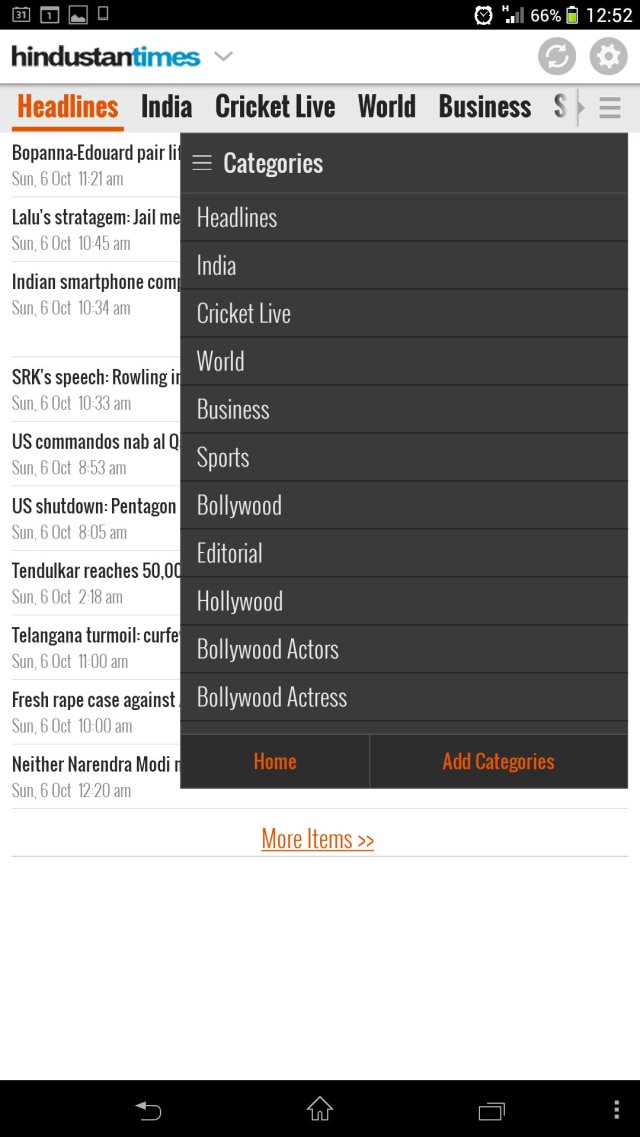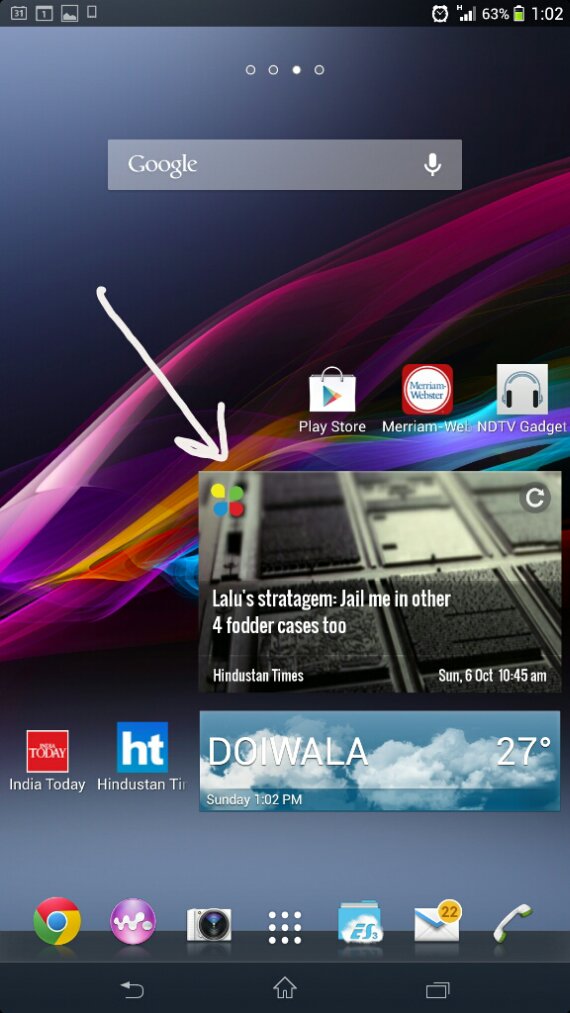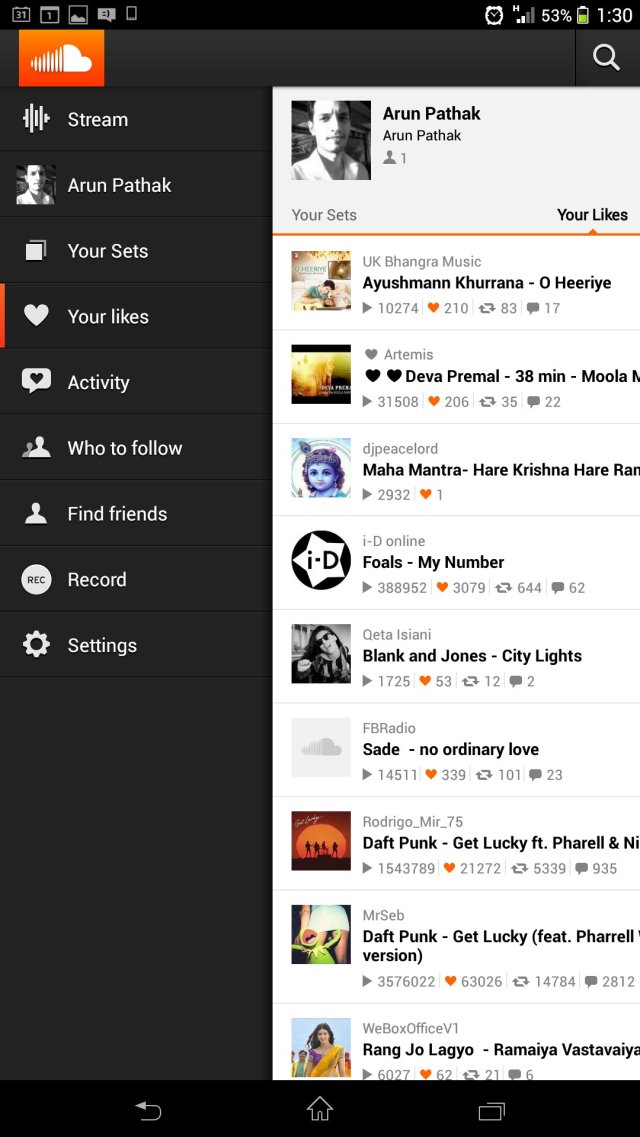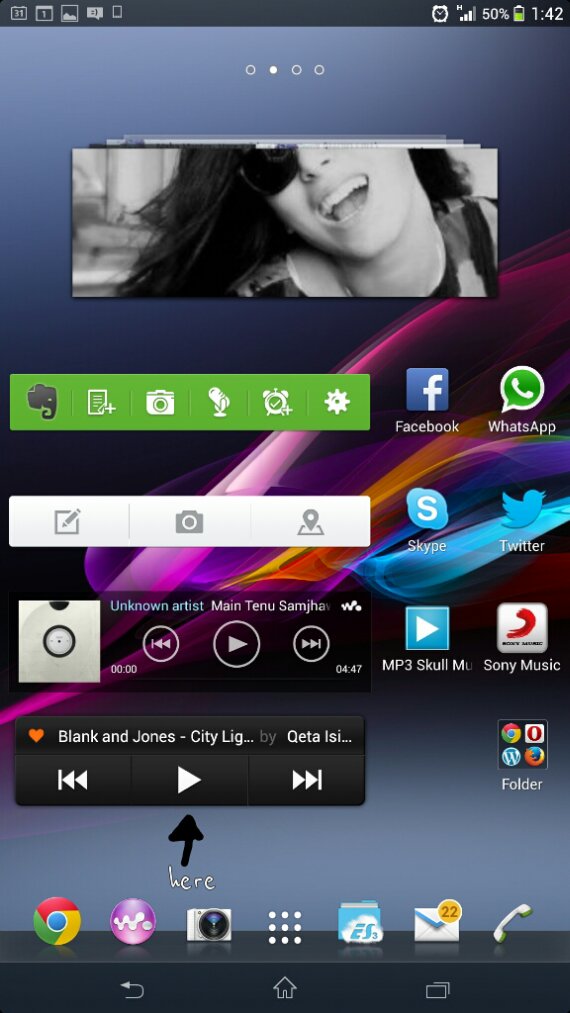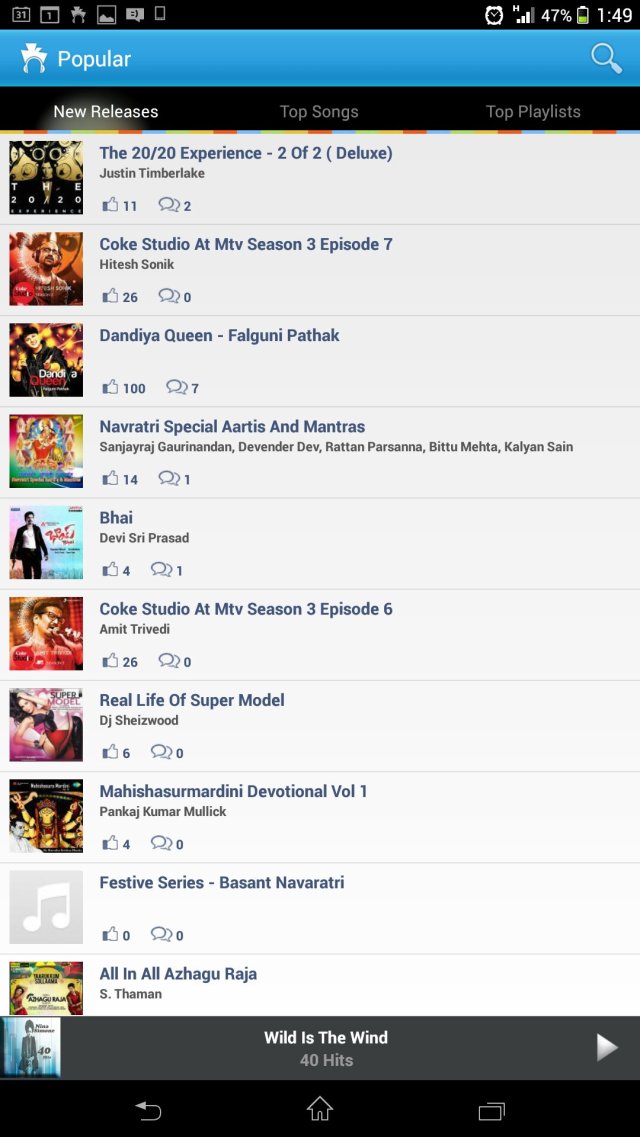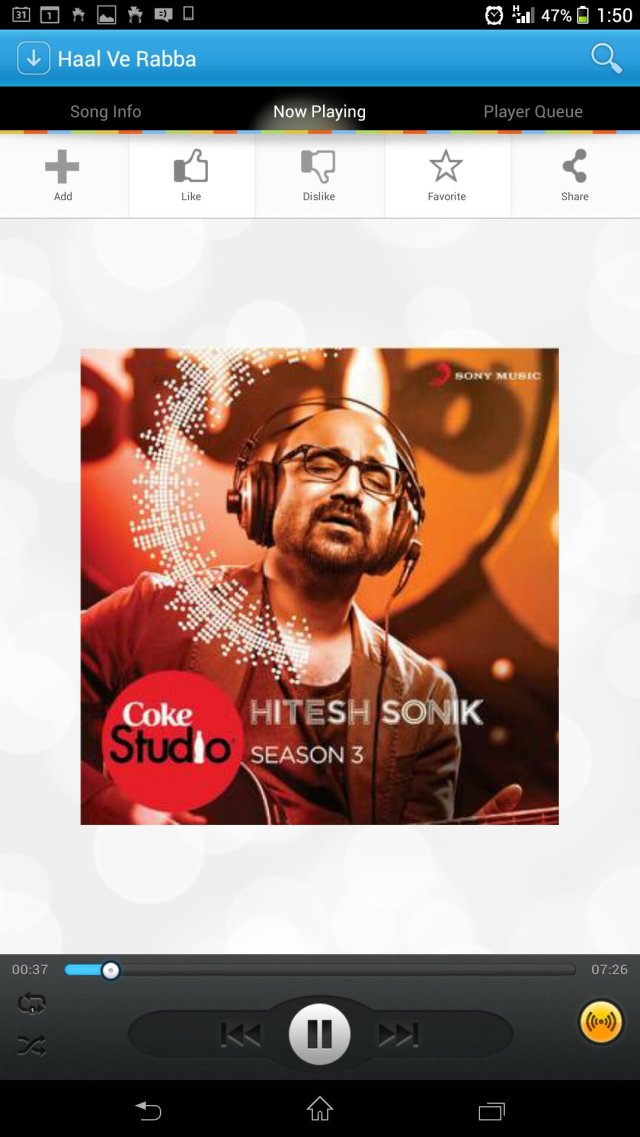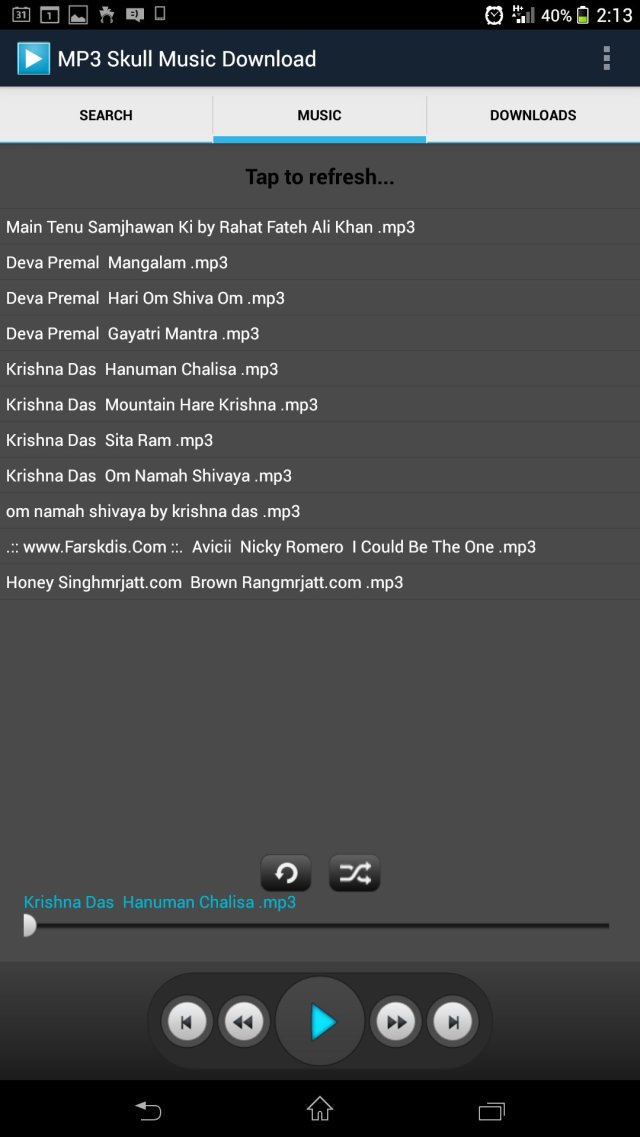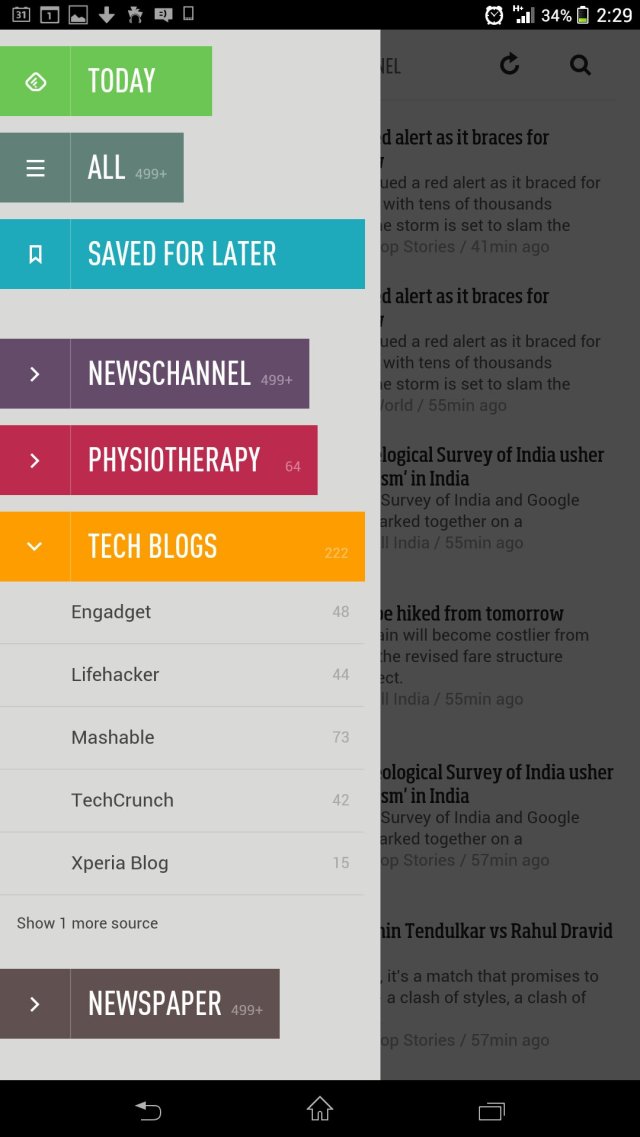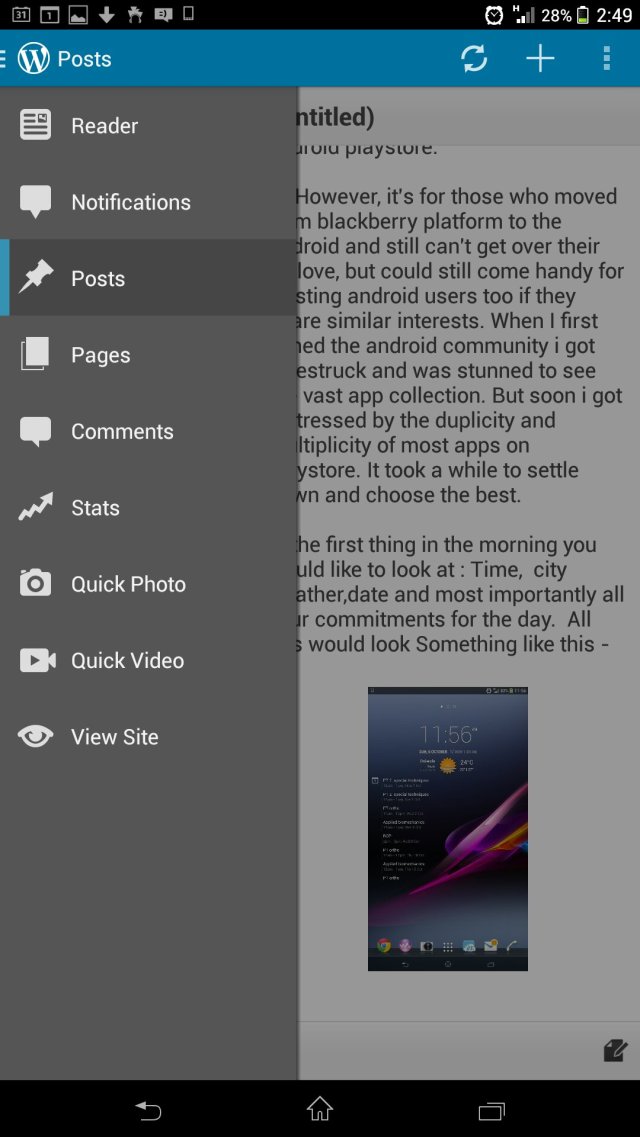TECHNIQUES
Isometric contraction
- Post-Isometric Relaxation (PIR).
- Reciprocal Inhibition (RI).
Concentric Isotonic Contraction.
Eccentric Isotonic Contraction.
THE PHYSIOLOGY OF HOW THE TECHNIQUES WORK
Isometric contraction is contraction of the muscle against a counterforce so that no movement occurs. This technique consists of PIR and RI.
The reduction in tone of the agonist 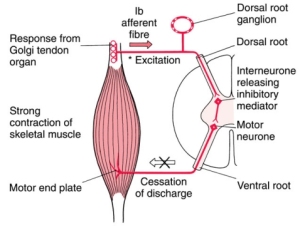
muscle after isometric contraction is referred to as PIR. The golgi tendon organs located in the tendon of the agonist muscle are sensitive to the stretch reflex and hence inhibit further muscle contraction while reacting to overstretching. Its a naturally occuring preventive mechanism to prevent rupture or further injury to the muscle and thus have a lengthening effect due to sudden relaxation of the muscle under stretch.
1. a strong muscle contraction against equal counterforce triggers the Golgi tendon organ during PIR.
2. The afferent nerve impulse from the Golgi tendon organ enters the dorsal root of the spinal cord and meets with an inhibitory motor neurone.
3. This stops the discharge of the efferent motor neurone’s impulse and therefore prevents further contraction, the muscle tone decreases, which in turn results in the agonist relaxing and lengthening.
RI refers to the inhibition of the antagonist muscle when isometric contraction occurs in the agonist.
This happens due to  stretch receptors within the agonist muscle fibres – musclespindles. Muscle spindles work to maintain constant musclelength by giving feedback on the changes in contraction, in this way muscle spindles play a part in proprioception. In response to being stretched, muscle spindles discharge nerve impulses, which increase contraction, thus preventing over stretching. The spindles discharge impulses which excite the afferent nerve fibres or the agonist muscle, they meet with the excitatory motor neurone of the agonist muscle (in the spinal cord) and at the same time inhibit the motor neurone of the antagonist
stretch receptors within the agonist muscle fibres – musclespindles. Muscle spindles work to maintain constant musclelength by giving feedback on the changes in contraction, in this way muscle spindles play a part in proprioception. In response to being stretched, muscle spindles discharge nerve impulses, which increase contraction, thus preventing over stretching. The spindles discharge impulses which excite the afferent nerve fibres or the agonist muscle, they meet with the excitatory motor neurone of the agonist muscle (in the spinal cord) and at the same time inhibit the motor neurone of the antagonist
muscle which prevents it from contracting.
This results in the relaxation of the antagonist therefore is called reciprocal inhibition. When the agonist stops contracting against force, the muscle spindles stop discharging and the muscle relaxes, this has the same effect as post isometric relaxation.
well actually, when the agonist muscle contracts against equal force (isometrically) two stretch receptors respond.
- Firstly muscle spindles react to the stretch of the muscle and respond by inhibiting the antagonist (RI),
- secondly Golgi tendon organs respond to the stretch on the tendon, they act by inhibiting further contraction of the agonist muscle (PIR), as this occurs the muscle spindles also cease to discharge, effectively relaxing the agonist.
Concentric Isotonic Contraction:
occurs when the therapist’s counterforce is weaker than the contractile force allowing some movement to occur in the direction of the muscle force, therefore shortening and strengthening the muscle. This
technique is used to strengthen physiologically weak muscles.
Eccentric Isotonic Contraction
occurs when the therapist’s counterforce is stronger than the contractile force of the muscle and stretching and lengthening occur in the muscle tissue. This is effective in short, fibrotic muscles allowing a controlled microtrauma to the muscle. This results in a change to the muscles shortened structure and improves elasticity and circulation.
APPLICATION OF THE TECHNIQUES
Possible variations that will affect the results–
Muscle length at starting position.
Effort of the client or therapist.
Duration of the contraction.
Contraction is pulsed or single.
Number of repetitions of the contraction.
Position changes with each repetition.
Client breathing and eye movements in the direction of the force.
*These variables need to be combined and controlled depending on the particular needs of the case.
1: Isotonic contraction using Post-Isometric Relaxation
a.) In the condition of acute muscular spasm or to mobilise a restricted joint, this PIR can be used. The therapist takes the agonist muscle to its barrier of tension and holds the position; the therapist provides equal resistance to the client contracting the agonist muscle with about 20% of their strength, for 7-10 seconds. Client relaxes for around 5 seconds, and then as they exhale, the therapist takes muscle to the new restriction barrier, without stretching past it, and the process is repeated 3 to 5 times.
b) In the condition of chronic, fibrotic muscular spasm, the following PIR technique can be used. The therapist takes the agonist muscle to a comfortable location before its barrier of tension and holds the position; therapist provides equal resistance to the client contracting the agonist muscle with about 30% of their strength, for 7-10 seconds. Client relaxes for around 5 seconds, then as they exhale, the therapist takes muscle to new restriction barrier with an additional gentle stretch past it (without pain), to a new starting point. For safety, and to reduce contraction further, the client can assist in assuming this position. This position can also be held for 10-60 seconds before the next isometric contraction occurs, the process is then repeated 3 to 5 times.
2: Isotonic contraction using Reciprocal Inhibition
2a In the condition of acute muscular spasm or to mobilise a restricted joint this RI method can be used. It is also a safe substitute when there is pain involved in treating the agonist muscle in the PIR technique. It is exactly as described in 1a except applied to the antagonist muscle instead of the agonist.
2b In the condition of chronic, fibrotic muscular spasm, the following RI method can be used. It is also a safe substitute when there is pain involved in treating the agonist muscle in the PIR technique. It is exactly as described in 1b except applied to the antagonist muscle instead of the agonist.
3: Concentric Isotonic Contraction
(Used for toning and rehabilitation to strengthen physiologically weak muscles.)
The therapist begins with the muscle in resting length (comfortable mid-range) and allows the client to contract the affected muscle with some force as they provide a constant amount of resistance, for 3-4 seconds. This can be repeated 3-5 times, building the strength used by the client as appropriate.
4: Eccentric Isotonic Contraction
(Used to induce a controlled microtrauma to shortened, fibrotic musculature.)
Contraction begins from the restriction barrier, the client contracts the muscle but allows their contraction to be overcome by the effort of the therapist, who forces the muscle to stretch past its original barrier. Contraction should not be longer than 4 seconds and this can be repeated 4-5 times (the client should not experience excessive discomfort). This technique would never be used on head and neck muscles, on frail, pain-sensitive clients or those with osteoporosis.
Simple guidelines to follow if using MET:
• No pain should be caused by met
• Keep contractions light (20-30% of strength)
• Communicate effectively and ensure client is not experiencing discomfort at any time
• Client can help to locate tissue tension or restriction barrier
• Never over-stretch
reference:
Chaitow, Leon, Muscle Energy Techniques.

